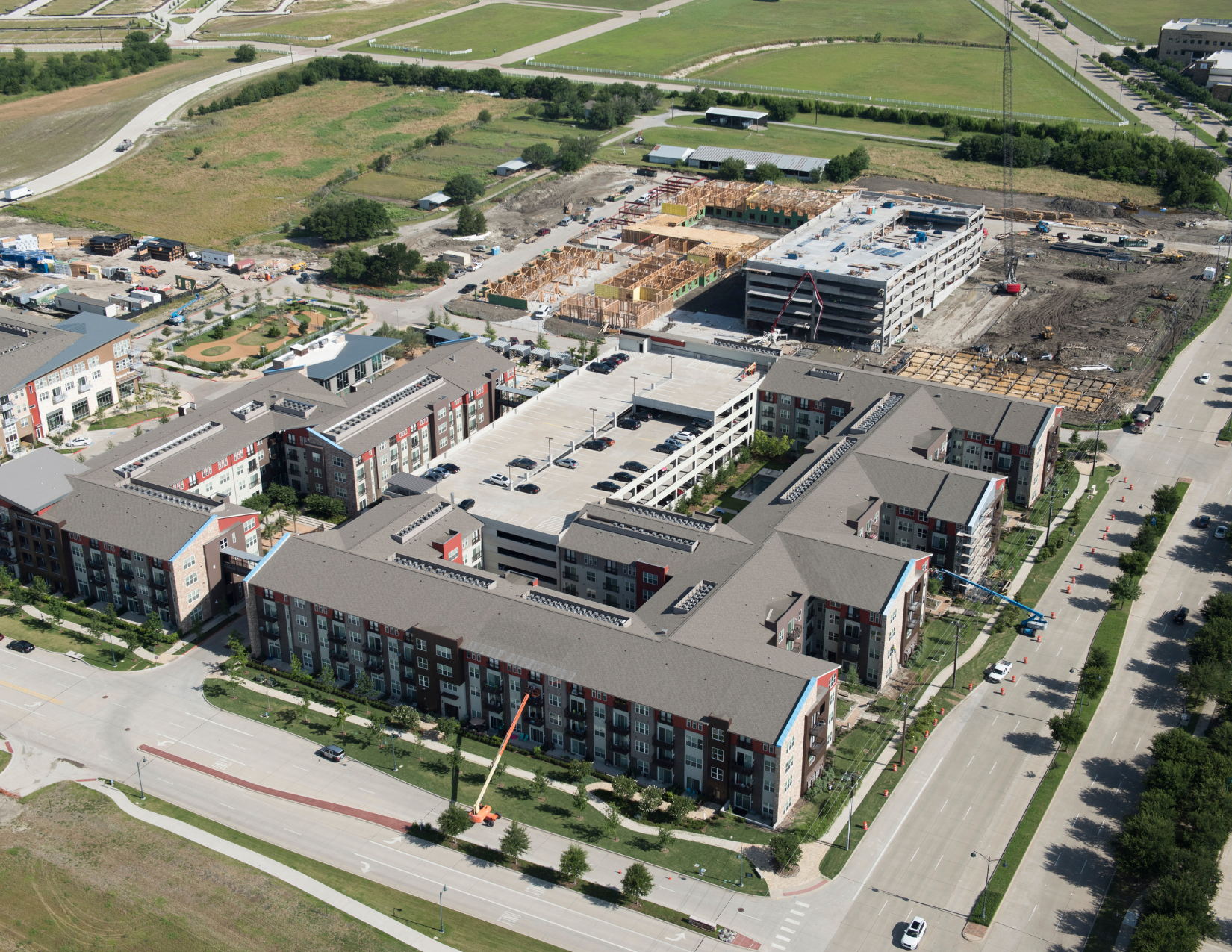Multifamily Market Forecast: Navigating the Inflection Point and Anticipating Moderate Growth in 2023
The multifamily real estate market has been on a rollercoaster ride, with record-breaking highs followed by a decline towards the end of 2022. The current situation is an inflection point for the industry, with some of the hottest markets during the pandemic experiencing the steepest rent declines. Nevertheless, industry experts predict that the market will stabilize in the short term, with healthy growth expected by the end of 2023.
One of the key drivers of the forecast is the labor market, which is expected to slow down in 2023 but remain healthy enough to create housing demand later in the year. As long as the labor market doesn't fall into recessionary territory, demand for multifamily housing is expected to return, although growth in multifamily fundamentals is expected to decelerate through the first few months of 2023.
The baseline forecast for 2023 shows an increase in vacancy rates, up to 5.1% by year-end, and rents are predicted to grow modestly by 3.9%. Gross income is expected to grow by 3.5%, near the rate of inflation expected for next year. The best-performing markets are expected to be smaller southwestern and Florida markets, with historically low vacancy rates, strong household income growth, and relatively minimal new supply. On the other hand, the bottom-performing markets are a geographically diverse mix of small and large markets, many of which expect to see high levels of new supply.
The rising interest rate environment has led to a slowdown in multifamily lending, and cap rate spreads are compressed well below historical average levels. Cap rates have been slow to respond to the higher Treasury rates, resulting in compressed cap rate spreads to their lowest level seen since 2007. Experts expect cap rates to rise, putting downward pressure on property prices, which could see slight declines in the year ahead. As such, borrowers may wait for more favorable investment opportunities, leading to slower transaction volume throughout the end of 2022 and into 2023.
The state of the labor market is the most significant risk to the multifamily market's performance in 2023. If the Fed achieves a soft landing without a large impact on the job market, consumer confidence will return, and household formations will rebound, but most likely not until mid-2023. However, the chance of a recession remains elevated and will be throughout 2023.
In conclusion, the multifamily industry is expected to face headwinds in the short term due to the inflection point in the market, the rising interest rates, and the risk of a recession. However, tailwinds remain that will help prop up the multifamily market in the long run. As the economy and market stabilize, the relative strength of the multifamily sector will again become evident, and the market is expected to see healthy growth by the end of 2023.
